Author: Will Lovell
Said to have originated at the Westmalle Monastery in the mid-19th century, Dubbel is a classic Trappist ale that, in addition to its unique Belgian fermentation character, is defined by its relatively high strength and darker color. While the use of non-grain fermentables in beer isn’t terribly unique, brewers of Belgian styles including Dubbel are known to rely on an invert sugar known as candi syrup, which comes in a variety of colors that contribute different characteristics to beer.
As its name suggests, D-45 candi syrup adds approximately 45 SRM and is darkened naturally through a boiling process, leading to a product that imparts beer with notes of toffee, vanilla, and light toast. While similar in color, dark brown sugar is simply sucrose that has had at least 6.5% molasses added to it, and it’s said to lend desirable caramel, rum, and dark fruit characteristics to beer.
I’ve been a fan of Trappist ale since I started brewing over a decade ago, and despite the success stories I’ve heard from others who used brown sugar when making these styles, I maintained my purist ways by always sticking with candi syrup. While planning my annual Christmas Dubbel brew day, I figured it was time to learn something new and designed an xBmt comparing my go-to D-45 candi syrup to dark brown sugar.
| PURPOSE |
To evaluate the differences between a Belgian Dubbel made with D-45 candi syrup and one made with dark brown sugar.
| METHODS |
For this xBmt, I went with a tried-and-true Belgian Dubbel recipe that I’ve brewed many times before.
Dubbel Down
Recipe Details
| Batch Size | Boil Time | IBU | SRM | Est. OG | Est. FG | ABV |
|---|---|---|---|---|---|---|
| 5.5 gal | 60 min | 21.7 | 16.6 SRM | 1.061 | 1.007 | 7.09 % |
| Actuals | 1.061 | 1.007 | 7.09 % | |||
Fermentables
| Name | Amount | % |
|---|---|---|
| Llano Pilsner | 11.5 lbs | 80.7 |
| Dark Brown Sugar OR D-45 Candi Syrup | 1 lbs | 7.02 |
| Aromatic Malt | 12 oz | 5.26 |
| Caramunich Malt | 8 oz | 3.51 |
| Special B | 8 oz | 3.51 |
Hops
| Name | Amount | Time | Use | Form | Alpha % |
|---|---|---|---|---|---|
| Northern Brewer | 12 g | 60 min | Boil | Pellet | 10.2 |
| Willamette | 25 g | 15 min | Boil | Pellet | 4.9 |
Yeast
| Name | Lab | Attenuation | Temperature |
|---|---|---|---|
| Triple Double (B48) | Imperial Yeast | 78% | 64.9°F - 77°F |
Notes
| Water Profile: Ca 116 | Mg 20 | Na 0 | Cl 121 | SO4 191 |
Download
| Download this recipe's BeerXML file |
After collecting identical volumes of RO water in separate BrewZilla units, adjusting each to the same desired mineral profile, then setting the controllers to heat them up, I weighed out and milled the grain.
Once the water for each batch was adequately heated, I incorporated the grains then checked to make sure both were at the same target mash temperature.
While the mashes were resting, I prepared the kettle hop additions.
Once each 60 minute mash was complete, I removed the grains and brought the worts to a boil, adding the brown sugar and candi syrup with 10 minutes left in the boil.
When the boils were complete, I quickly chilled the worts before transferring identical amounts to separate Kegmenters.
Refractometer readings showed the wort made with brown sugar was 0.003 SG higher than the one made with candi syrup.
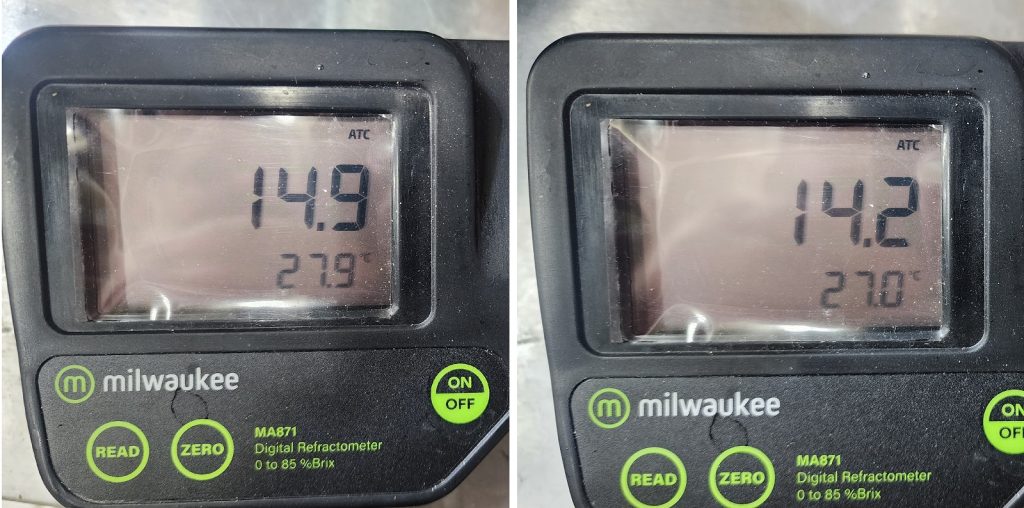
The filled fermenters were placed in my chamber and left to finish chilling to my desired fermentation temperature of 64°F/18°C for a few hours before I pitched a pouch of Imperial Yeast B48 Triple Double into each.
After 5 days of active fermentation, I gradually raised the temperature in the chamber to 72°F/22°C over the following week before taking hydrometer measurements indicating both were done fermenting.
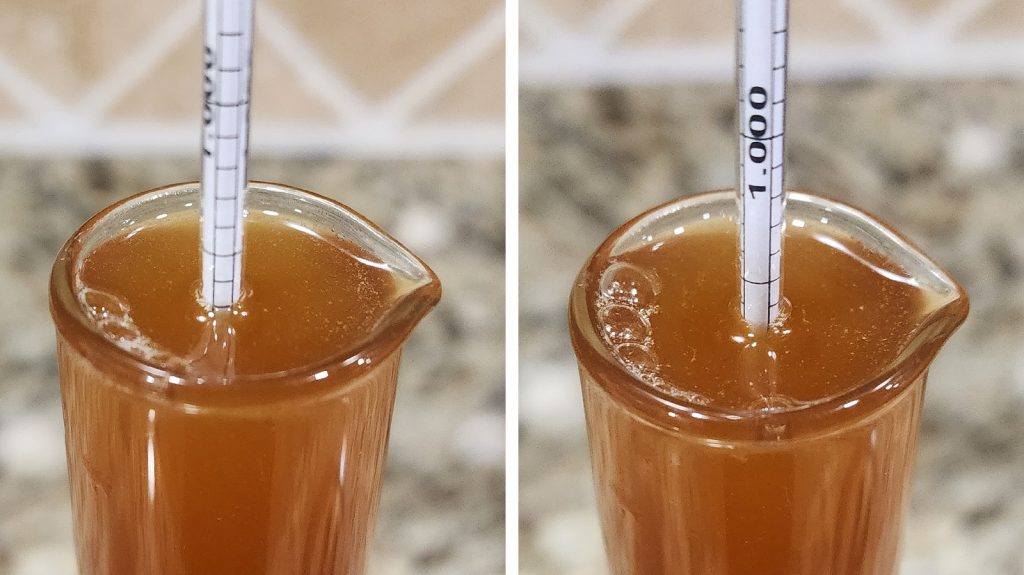
At this point, I pressure transferred the beers to sanitized kegs that were placed in my keezer and left on gas for 4 weeks before they were ready for evaluation.
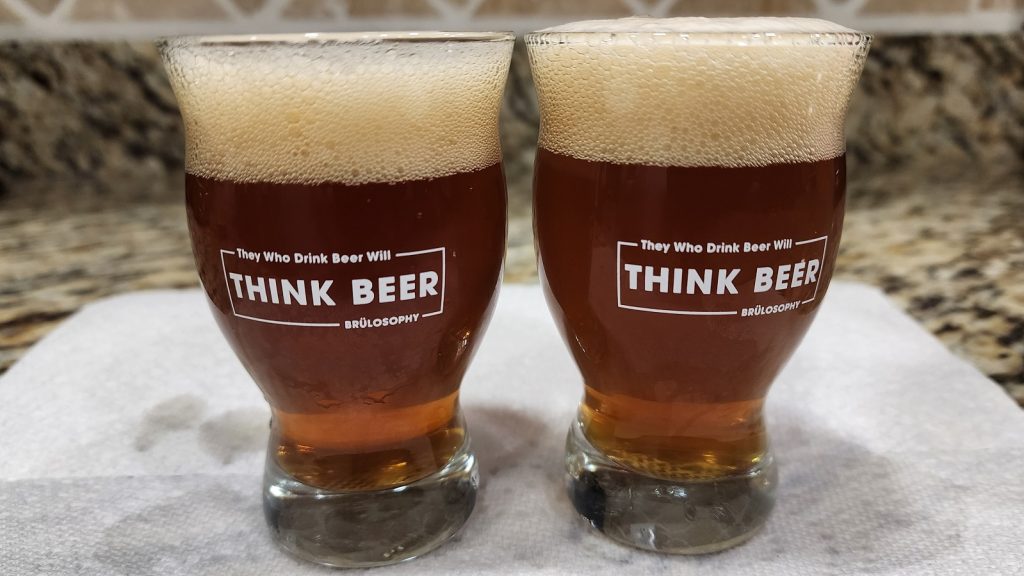
| RESULTS |
A total of 25 people of varying levels of experience participated in this xBmt. Each participant was served 2 samples of the beer made with dark brown sugar and 1 sample of the beer made with D-45 candi syrup in different colored opaque cups then asked to identify the unique sample. While 13 tasters (p<0.05) would have had to accurately identify the unique sample in order to reach statistical significance, just 10 did (p=0.30), indicating participants in this xBmt were unable to reliably distinguish a Belgian Dubbel made with dark brown sugar from one made with D-45 candi syrup.
My Impressions: Out of the 5 semi-blind triangle tests I attempted, I correctly identified the odd-beer-out just once, and that was a random guess. These beers were perceptibly identical to me in every way – toasty malt flavor with notes of toffee and dark fruit balanced by a nice Belgian fermentation character.
| DISCUSSION |
Brewers have been supplementing malted grains with various types of sugar since the dawn of brewing proper, as it’s an easy way to boost strength while contributing little in the way of other characteristics. However, in certain brewing traditions such as those associated with Belgium, brewers often relied on darker sugars to contribute desirable flavors as well as more potency. While candi syrup is a common choice for such styles, some brewers have found other types of dark sugar contributed similar characteristics. Interestingly, tasters in this xBmt were unable to reliably distinguish a Belgian Dubbel made with dark brown sugar from one made with D-45 candi syrup.
Simply put, brown sugar is sucrose, a disaccharide consisting of a glucose and fructose molecule, that has been blended with molasses to create a richer flavor. Candi syrup, on the other hand, is produced through an inversion process whereby the bond between the glucose and fructose molecules is broken down. The color of candi syrup is determined by how long it is boiled, with darker versions contributing stronger flavors. Despite the molasses used in brown sugar being different than candi syrup, these results suggest they impart similar color, aroma, and flavor to beer.
I’ve brewed many batches of Belgian ale using various type of candi syrup and was convinced this product was adding something unique to those beers. However, I recently began using brown sugar in place of candi syrup, and the resultant beers seemed to possess all the same characteristics. Given the blind tasters results as well as my own experience with these beers, I certainly plan on sticking with this change in future batches, particularly seeing as brown sugar is less expensive and more accessible than candi syrup.
If you have any thoughts about this xBmt, please do not hesitate to share in the comments section below!
Support Brülosophy In Style!
All designs are available in various colors and sizes on Amazon!
Follow Brülosophy on:
FACEBOOK | TWITTER | INSTAGRAM
If you enjoy this stuff and feel compelled to support Brulosophy.com, please check out the Support page for details on how you can very easily do so. Thanks!


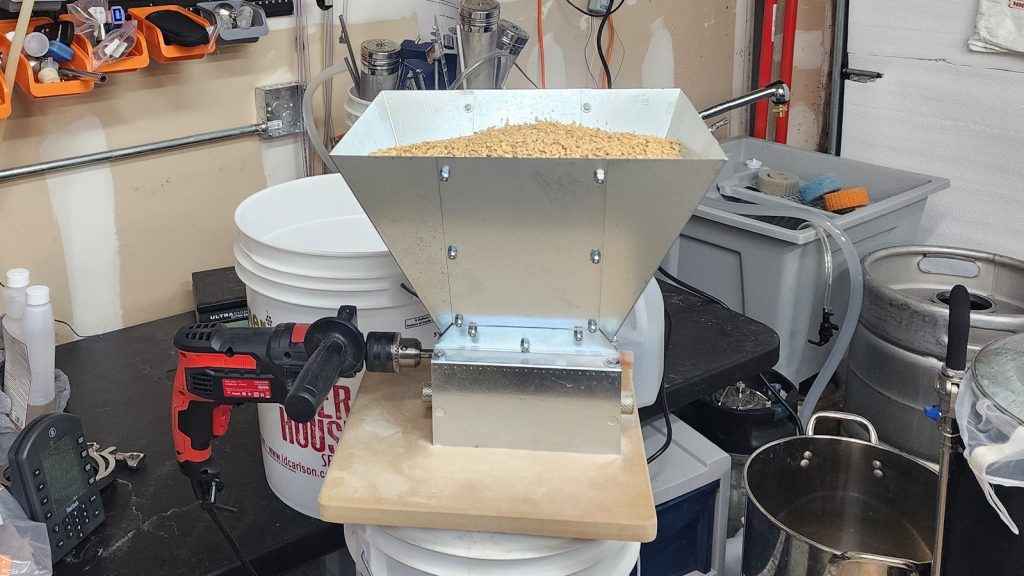

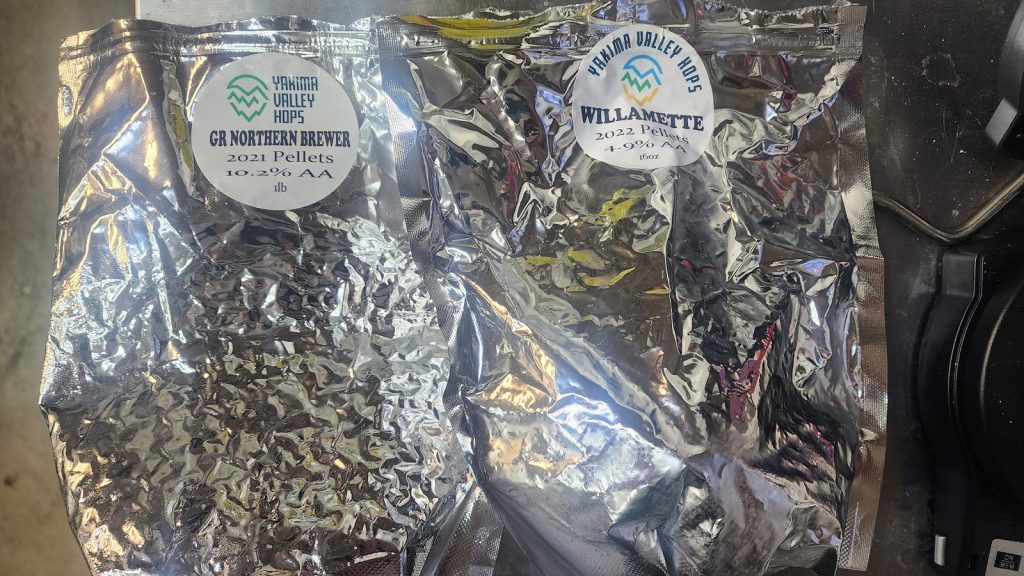
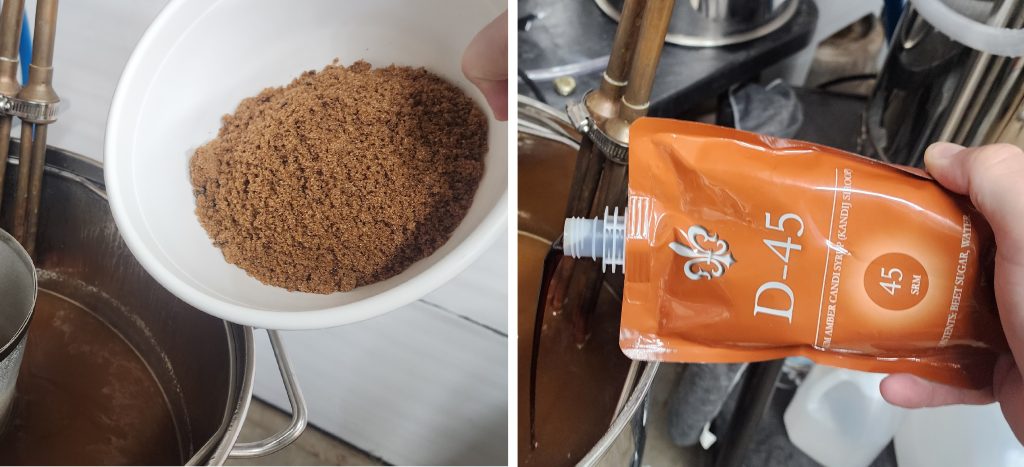
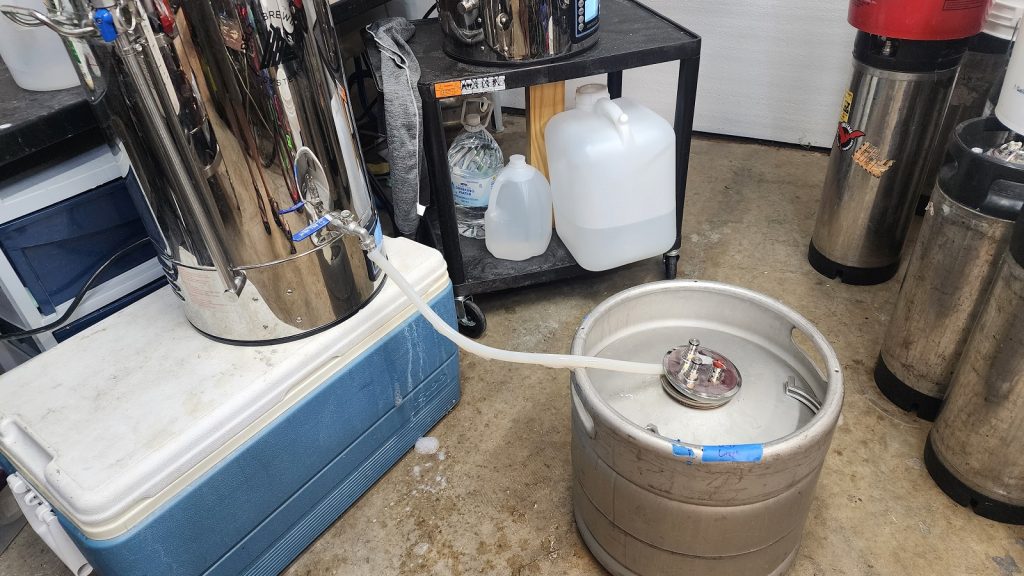
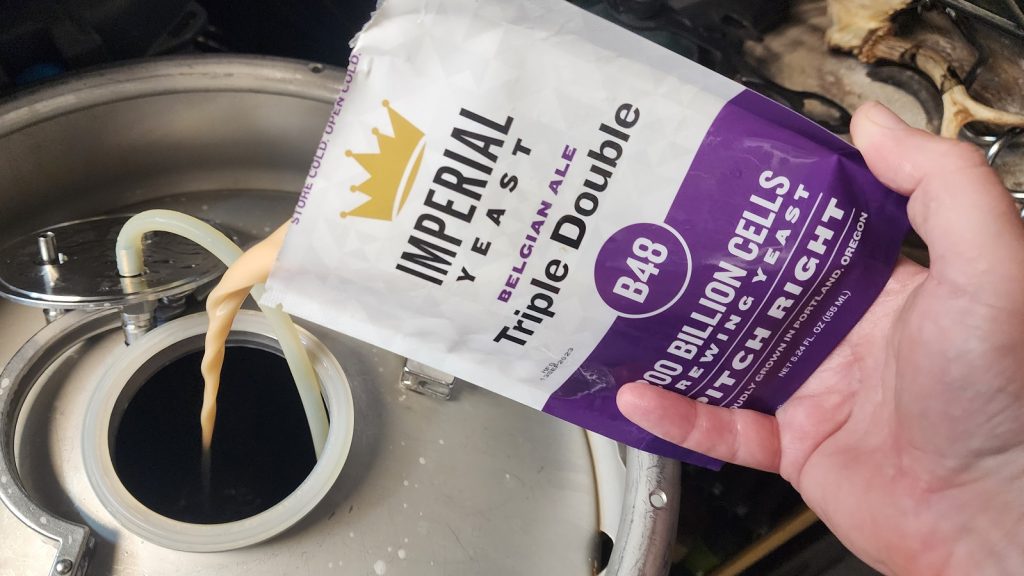



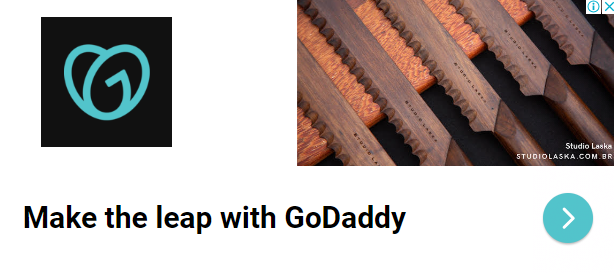


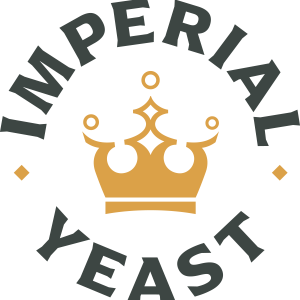

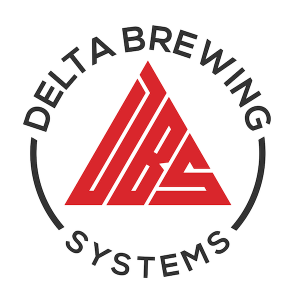
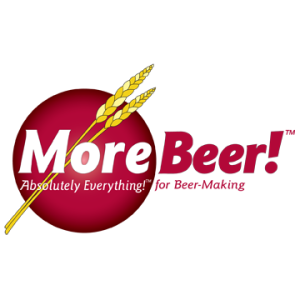
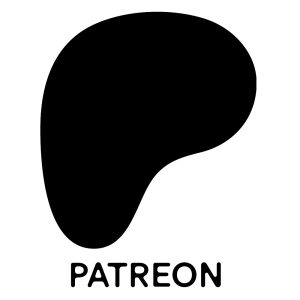
10 thoughts on “exBEERiment | Sugar Additions: Dark Brown Sugar vs. D-45 Candi Syrup In A Belgian Dubbel”
Quick question about your own triangle tests:
Did you taste the beers side-by-side before or was this your first taste of them?
I’m asking because I think you could potentially “train” yourself to detect some minor differences which you would not pick up uninitiated.
(I actually wonder on almost every xbmt.)
I definitely do taste the beers before hand. Tasting them side by side ahead of time seems to be a double edged sword because of bias. On past xBmts I have convinced myself they were different because of a certain trait. Once I was blinded, suddenly I could not taste what I thought was different. Its almost better to go in without any preconceived notions, but it depends. So training yourself ahead of time would be fine, if what you’re tasting is a real trait of the beer and not your bias playing into it.
An interesting result, because alone (unfermented) the two products definitely taste different. I wonder if the specialty grains aren’t masking the subtleties. It would be interesting to test again with just pilsner malt and the sugars (which, I think I remember reading, is actually how most Belgian breweries make dubbel).
I suppose it is possible that specialty grains could mask it, but most Dubbel recipes you find floating around, in the US at least, contain more than just base malt and sugar. Its also possible that Belgian yeast is more expressive in these styles and that is masking it. I also wonder if we did a Quad and double or tripled the amount of sugar if that would make a difference. A lot of things to continue to explore here, but for this xBmt, it wasn’t significant and I couldn’t taste a difference.
If you want to explore recipes that have more candy syrup and less specialty malt, candi syrup inc has a bunch of Trappist/Belgian clone recipes that rely heavily on the syrup on their website. I don’t know if they are any better than ones that rely more on specialty malt but it may be a good way to compare to brown sugar.
I guess at the end of the day it’s all a question of how much do we need to reach a detectable threshold and it’s good to know that for a recipe like this one it’s probably not worth the extra $$$ (’cause it thing ain’t cheap!)
Good to know! I hate keeping brown sugar around because it hardens over time. I use regular sugar plus a slug of molasses instead. I also make my own invert sugar, but maybe I don’t have to do that anymore.
The fact that the OG was higher for the brown sugar makes sense since the brown sugar must have a lower water content than the syrup. Doesn’t the inversion by the yeast of the sucrose produce some undesirable byproducts? If that is true, then we simply can’t detect those undesirable byproducts at the concentrations in the resulting beer.
An interesting side experiment would be to bottle a few of each batch and review them in six months. Refrigerate both and let us know if you can tell what changes have taken place.
I think it would be interesting to repeat the same test but comparing white sugar with either the candi syrup or brown sugar, that way you could see how much flavour the dark sugar / candi syrup actually adds to the final beer.
Maybe the majority of ‘belgian’ flavour actually comes from the yeast?
I’ve brewed date syrup in Belgians and it works great, as mentioned D180 uses it. I made brown sugar at home with cane sugar and molasses for cooking and super easy to use molasses with stouts.